



Hillary Murtha, who earned her Ph.D. and M.A. in history at UD, knows what they are. You'll find them in her blog, The Meanings of Things. "It gives me a chance to do what I love: examine objects, research, interpret and write about them," she says. For more fascinating fun, check out themeaningsofthings.org.
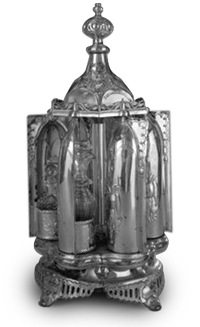
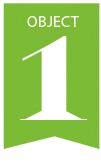
What it is: This is Edward Gleason's 1860 patented "magic castor." "Castors," so named because they cast their contents forth, originated in early 18th-century England. They began as simple stationary metal frames containing bottles for condiments: salt, pepper, oil, vinegar, sometimes mustard, and even soy sauce, new to Europe from the East. The singular term "castor" referred to the entire set of objects: metal frame and glass bottles. By the beginning of the 19th century, well-to-do Americans considered silver castors a necessary adjunct on their dining tables. Image courtesy Brooklyn Museum, H. Randolph Lever Fund, 87.175.1-.7a-b.
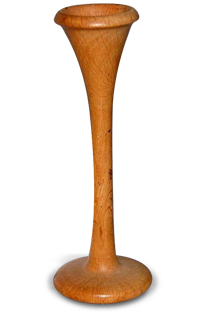
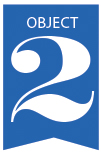
What it is: This is an early example of a stethoscope. Although the idea that the sounds produced by organs in the human body can help a physician diagnose a patient's ailments dates as far back as the writings of Hippocrates in 350 B.C., it was not until the late 18th century that Western doctors began to examine their patients' bodies so closely. Image courtesy of the North Carolina Department of Cultural Resources.
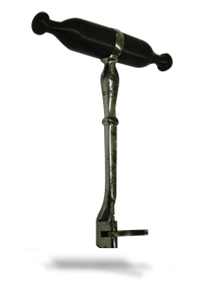
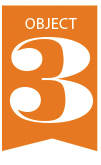
What it is: This is an early example of a tooth extractor, also known as a "tooth key." It's 4.25 inches wide at the handle, and 5.25 inches long. Image courtesy of the Museum of Early Trades and Crafts.
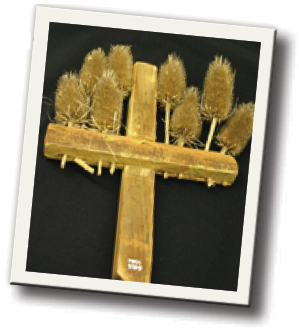
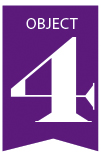
What it is: This object is an example of a teasel cross, or, as it was also called, a teasel hand. Europeans have used the dried seed heads of the teasel plant to raise the nap on woolen cloth, and in the 18th century, the plant was introduced to the American colonies. Baize, the cloth traditionally used to cover billiard and card tables, is a classic example of wool that has been teased. Image courtesy of the Museum of Early Trades and Crafts